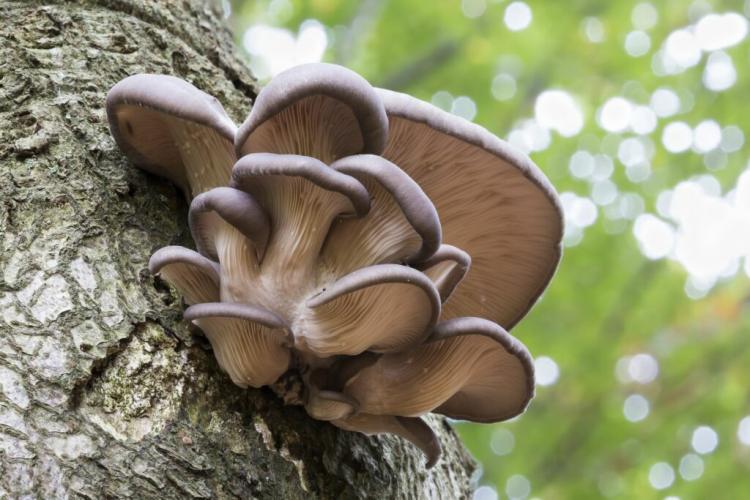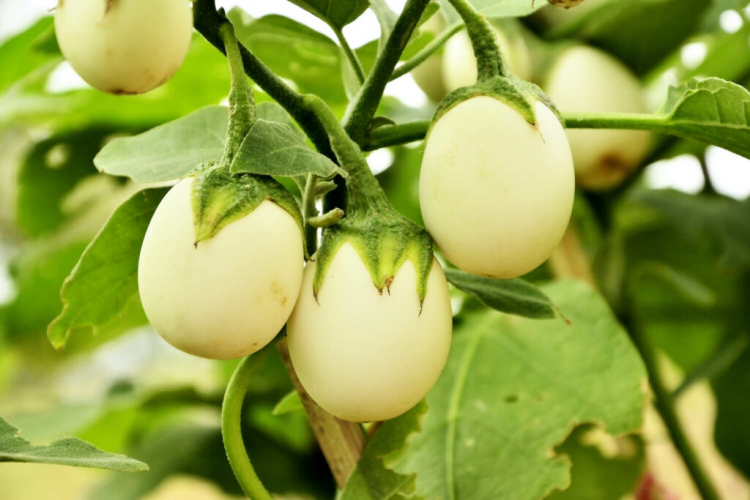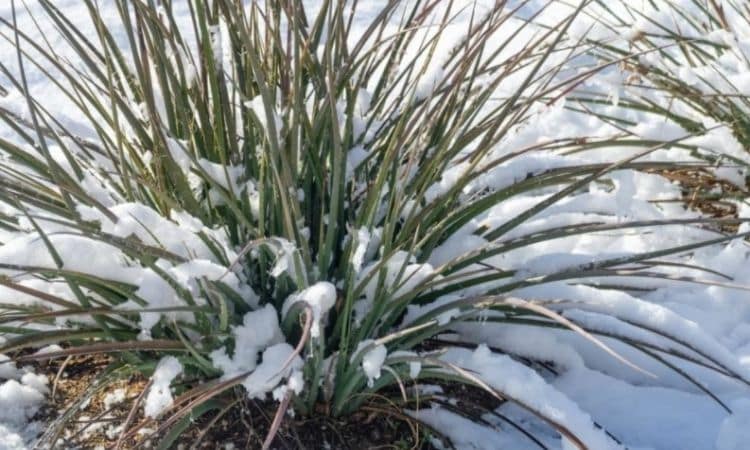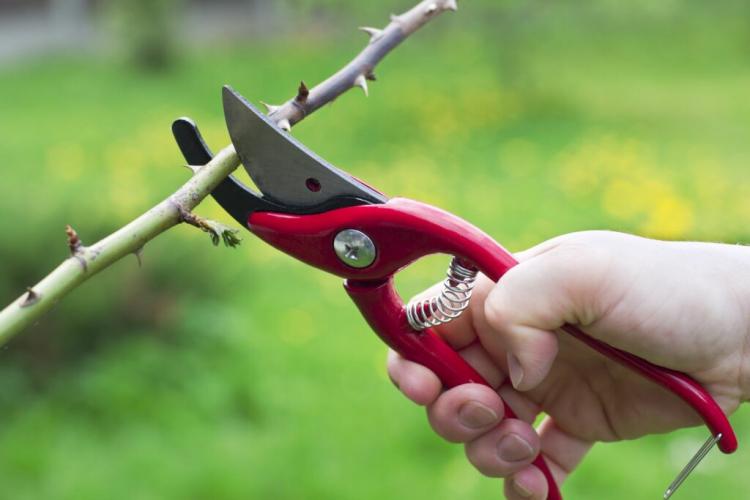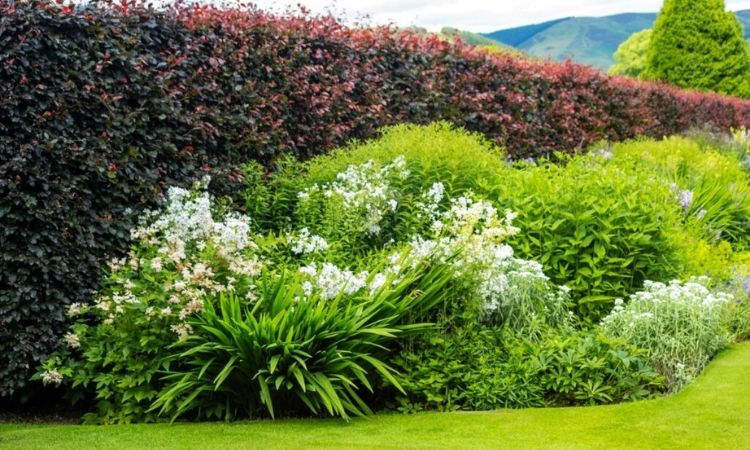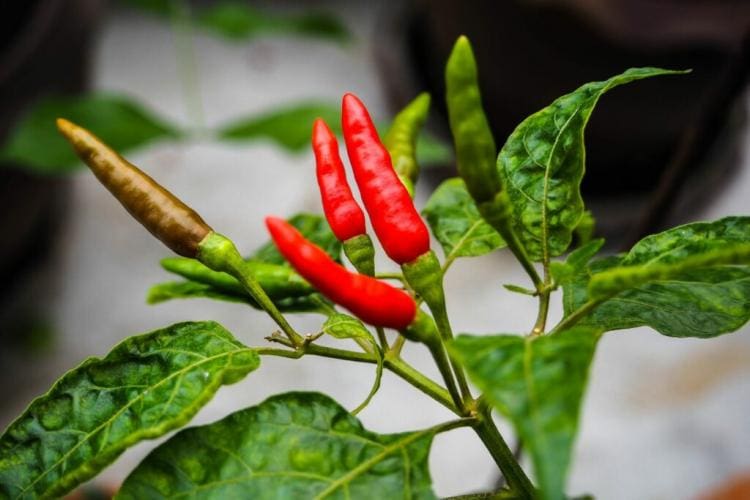Growing Mushrooms On Tree Trunks: Guide And Expert Tips
Shady places in the garden are ideal locations for growing mushrooms on tree trunks. Here you can find out how you can naturally grow delicious edible mushrooms.
If you own a garden and have to clear a tree now and then, you often don’t know what to do with the wood. With the cultivation of edible mushrooms on tree trunks, the tree is used ideally and easily. Here you can find out how you can grow fresh mushrooms right on your doorstep without much effort and for several years.
Growing mushrooms on tree trunks
Table of Contents
The cultivation of edible mushrooms on wood is the most original and natural form of mushroom cultivation and was developed thousands of years ago in Southeast Asia – especially in Japan and China. As an exclusive luxury food, shiitake mushrooms ( Lentinula edodes ) were brought as a gift to the kings and emperors of the country. The use of mushrooms plays an important role in traditional Chinese medicine to this day, and medicinal mushrooms were cultivated on tree trunks from an early age. We have put together for you how you can cultivate mushrooms with wood in your own garden.
The right wood for growing mushrooms
Most mushrooms prefer to grow on hardwoods such as beech, oak, and birch, as well as on all fruit trees. They feed mainly on cellulose and lignin, the substances that make wood so hard and robust. Over time, they break down even the thickest trunks and recycle the deadwood into organic matter. Conifers, however, have viscous, sticky resins that most edible mushrooms prefer to avoid. The exception is the smoky-leaved sulfur head (Hypholoma capnoides), which particularly likes to colonize spruce and, more rarely, pines and silver firs.
The wood for the mushroom trunks should be cut as fresh as possible and then stored for at least two, but not longer than four months. The trunk diameter of the wood should be about 20 to 30 centimeters and the length about 50 to 100 centimeters, otherwise, the trunk will dry out too quickly. For shiitake, a small stem with a diameter of 10 to 15 centimeters is sufficient. The bark should be as undamaged as possible because it will later hold the moisture in the wood better. The trunk is now watered for two to three days, during which it should be completely covered with water.
Which types of mushrooms are suitable?
Mushrooms form an extremely diverse realm of living things. They feed on food, ripe compost, or even giant fallen trees. For growing your own mushrooms in the garden, of course, you choose those edible mushrooms that tend to decompose wood. Here we have listed the most important types for you.
Oyster mushrooms ( Pleurotus ostreatus ): One of the best-known tree-dwelling edible mushrooms that form pressed-down hats that are rolled up around the edges when young. It is available in the colors pigeon blue, gray, white, and light brown. Its taste is very fine and mild and is therefore very suitable for soups, sauces and meat dishes.
Enoki / Velvet foot rubble ( Flammulina velutipes ): An edible mushroom that is extremely popular in Japan, with shiny, honey-colored umbrellas that are darker towards the center. Cultivated in vessels and without light, forms elongated, colorless fruiting bodies and is usually only available in this way in stores. Wonderfully sweet and mild in taste.
Rose oyster mushroom (Pleurotus djamor): Also called flamingo oyster mushroom because of its pale pink color. The mushroom is related to the oyster mushrooms and has a fan-like, lamellar-coated fruit body with a velvety surface and a fine mushroom taste.
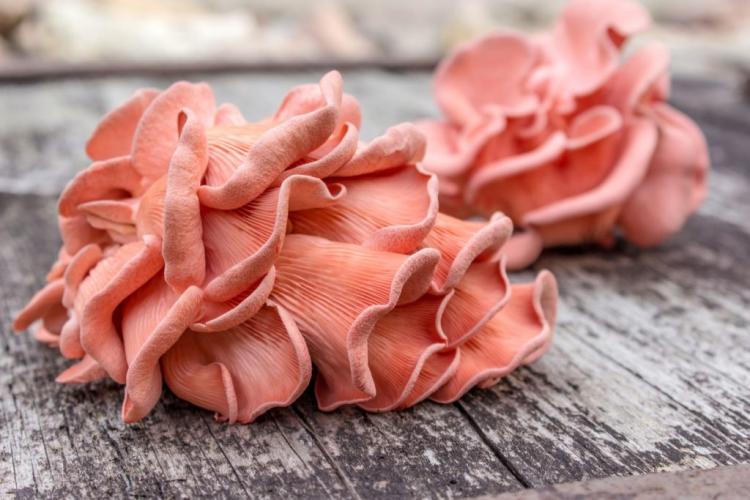
Lime oyster mushrooms/lemon yellow mushroom (Pleurotus citrinopileatus ): Light yellow edible mushroom that is closely related to oyster mushrooms, which can also be seen in the shape of the fruiting bodies. The taste is reminiscent of lemon, which makes it very interesting as a side dish to fish or salads.
Smoky-leaved sulfur head (Hypholoma capnoides): It is the only edible mushroom that predominantly colonizes conifers such as spruce and pine. The yellow-brownish fruit bodies have a nutty-spicy taste. However, there is a risk of confusion with other, poisonous sulfur head species, because these colonize the same wood as the edible mushroom.
Shiitake ( Lentinula edodes ): A deer-brown edible mushroom with light flakes on the round hat and light brown-whitish stem, which is very popular in Asian cuisine due to its umami taste. Must be cultivated as an air culture without soil.
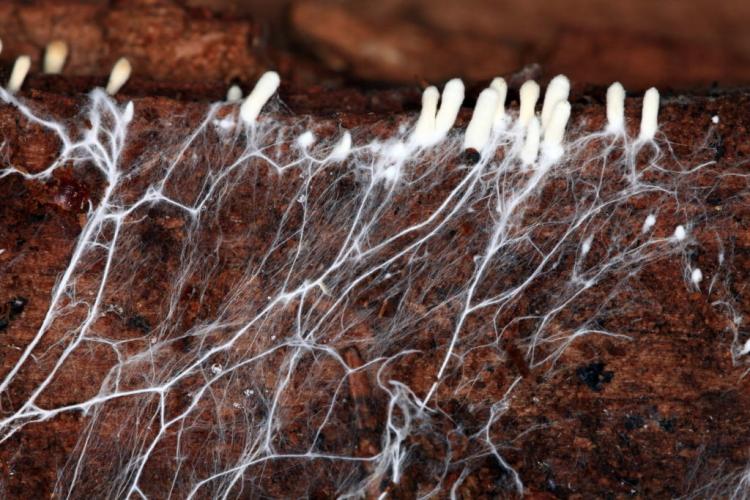
Inoculation spawn for tree trunks: Recommended sources of supply
Finished mushroom mycelium is often offered as so-called grain or cereal spawn. The fungus grows through the rye, wheat, or other grains until the mycelium has spread over the entire area. The grain spawn is particularly easy to dose and colonizes the wood very quickly. Inoculating dowels are untreated wooden dowels on which the respective species of fungus have been cultivated. Here, too, the mushroom mesh visibly grew through the entire wood when you bought it. Both variants are suitable for cultivation on tree trunks.
Inoculating the wood
To inoculate the tree trunk, depending on the type of inoculation, you will need the following materials:
- A chainsaw
- A wood drill
- A drill or a cordless screwdriver
- A hammer
- Foil or tape
- The respective mushroom spawn
For the so-called dowel inoculation with through-growing mushroom dowels, holes with a diameter of about eight millimeters are drilled into the prepared trunk with the drill. However, they should not be deeper than the length of the inoculation dowels. The dowels are then carefully driven into the hole with a hammer.
The drill hole method requires a wood drill with a drill diameter of around 20 millimeters and grain spawn. The advantage is that this type of mushroom spawn spreads faster and more safely in the trunk than the mushroom dowel spawn. After drilling the holes, fill the mushroom spawn with a pestle and compress it slightly – the future mushroom trunk is ready.
The cut inoculation method requires longer trunks by one meter. Here the trunk is sawed two or three times over its entire length with a chainsaw, from below or above. Then wrap the entire area with adhesive tape. The tape can also be stapled for a better hold. To fill in the grain spawn, cut a small window in the adhesive tape, carefully fill in the grain spawn and compress it a little.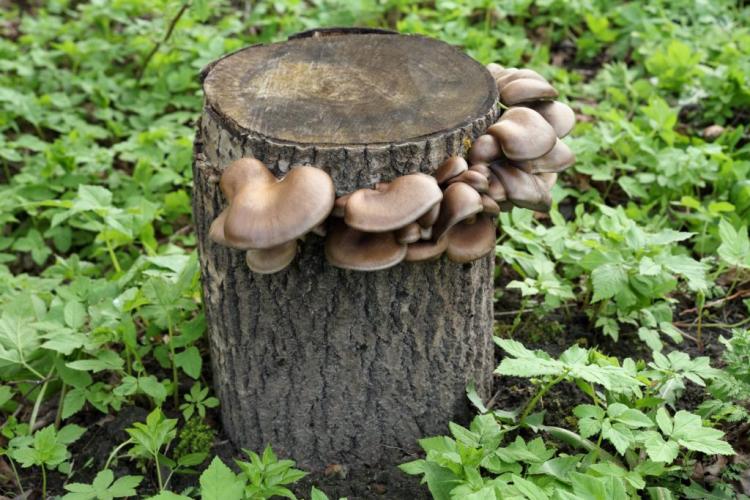
Finally, the inoculated trunk is wrapped in cling film and then perforated generously with a nail or something similar. This step is important so that the trunk retains enough moisture for the fungus and is supplied with oxygen at the same time.
Store tree trunks
Freshly inoculated wood is not yet hardy as long as the fungus has not been able to grow through the trunk completely. At 10 to 25 ° C, depending on the type of fungus, it takes two to six months for the fungus to colonize its new living space. During this time, the trunk is best stored in the dark and checked for moisture now and then. If mold grows on the surface of the wood, the trunk is too wet or the ventilation is insufficient. If you put the trunk in a more airy place, the unwanted fungal infestation will disappear.
Place tree trunks in the garden
If the wood is completely grown through, the mycelium of the fungus can already be seen emerging around the inoculation site. Now is the ideal time to remove the foil or tape and set up the wood in the garden. All of the species mentioned except Shiitake need contact with the earth to form fruiting bodies. To do this, the trunks are buried a third to half in the ground in a shady spot. This type of cultivation is also called earth culture.
Shiitake cultures, on the other hand, do not need a substrate to grow: their trunks are leaned upright against a fence or wall – this is also called air culture. Shiitake need to be activated for them to properly produce fruiting bodies. First, the entire trunk is soaked in cold water for 24 hours. Then you push it three to four times on the ground, this promotes the fruiting body formation. Now patience is required because usually, the trunks do not need any further care, but a lot of time. On hot and dry days, however, the mushrooms are happy to have some water around and on the trunk. Now it is time to be patient and wait for the first fruiting bodies. Because, depending on the type of mushroom, it takes 6 to 24 months before you can harvest for the first time. By the way, completely streaked tree trunks are hardy and keep supplying fresh mushrooms over several years.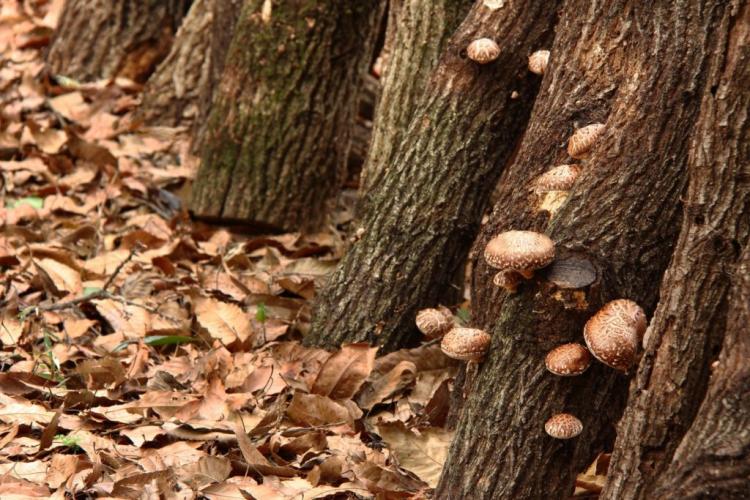
Harvest mushrooms properly
If the first fruiting bodies finally show up on the tree trunks, it will soon be time to harvest. At the latest when the edges of the mushroom hats tear and bulge upwards or the spores that have already fallen off collect on the wood, the fruit bodies should migrate into the kitchen. To do this, you either cut the mushrooms with a sharp knife on the stem or twist them off with a slight movement. Now nothing stands in the way of culinary enjoyment from your own garden. Roasted, like risotto or fresh, the forest dwellers enrich our menu in a variety of ways.
